How to use a coffee sifter
"what is the grindness of hand-brewed coffee, please?" , "Why is the 10-scale grinding of your machine different from that of my home", "is the size of granulated sugar fine sugar, coarse sugar or yellow sugar?" …… Are you still worrying about the grinding degree of the coffee brewing utensils that suit you? An article on Qianjie will take you to determine the thickness of coffee grinding! (collect! Collection! Put it away! )
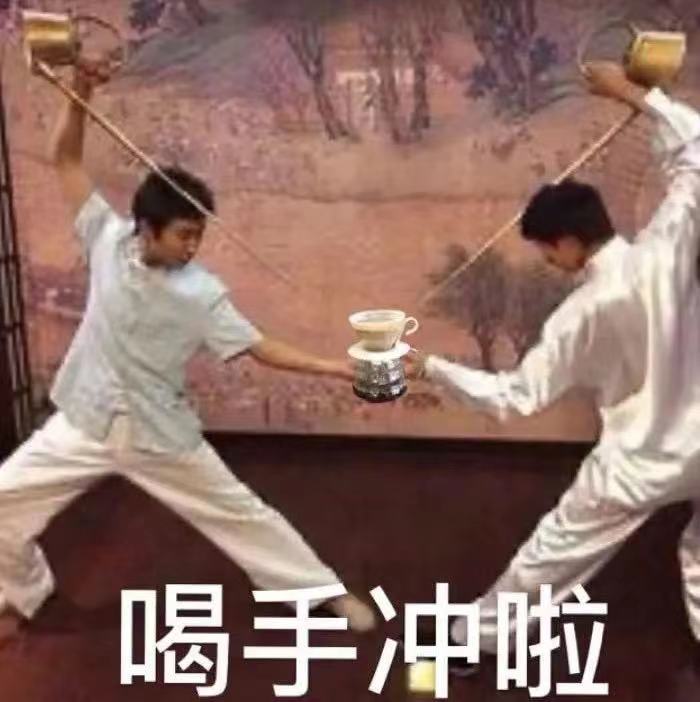
How important is the degree of coffee grinding?
Under the same gram number, the finer the degree of coffee grinding, the more times it needs to be cut, the more surface area, and the area where water can contact coffee powder. On the contrary, the coarser the degree of grinding, the lower the concentration and extraction rate of coffee, and the lower the thickness of alcohol, the stronger the sour taste of coffee.
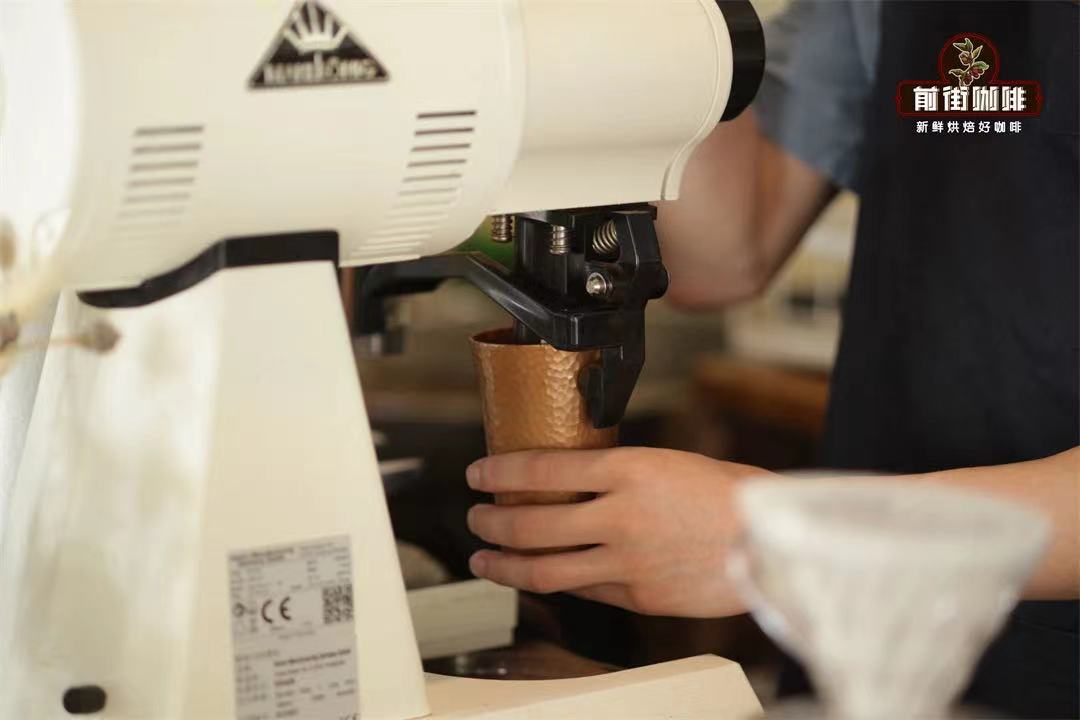
Different coffee utensils because of their different extraction methods, the degree of grinding is also different, coffee grinder grinding scale is not a unified standard, so at this time we need a reliable testing tool-Chinese standard 20 0.85mm aperture sieve / coffee bean grinding cup test correction sieve, that is, the front street often said coffee powder sieve.
How to use coffee powder screen to determine the thickness of coffee grinding?
Friends who read carefully will ask: why is the cup test correction screen? Although there are a variety of cooking utensils on the market, each has its own views on cooking parameters. But in the coffee industry, cup testing is generally accepted. At first, the cup test is to test the quality of raw beans, and then slowly we also use the cup test to determine the coffee flavor in determining the brewing parameters suitable for the sample. The grindness of the cup test coffee is 70-75% of the pass rate of the No. 20 sieve.
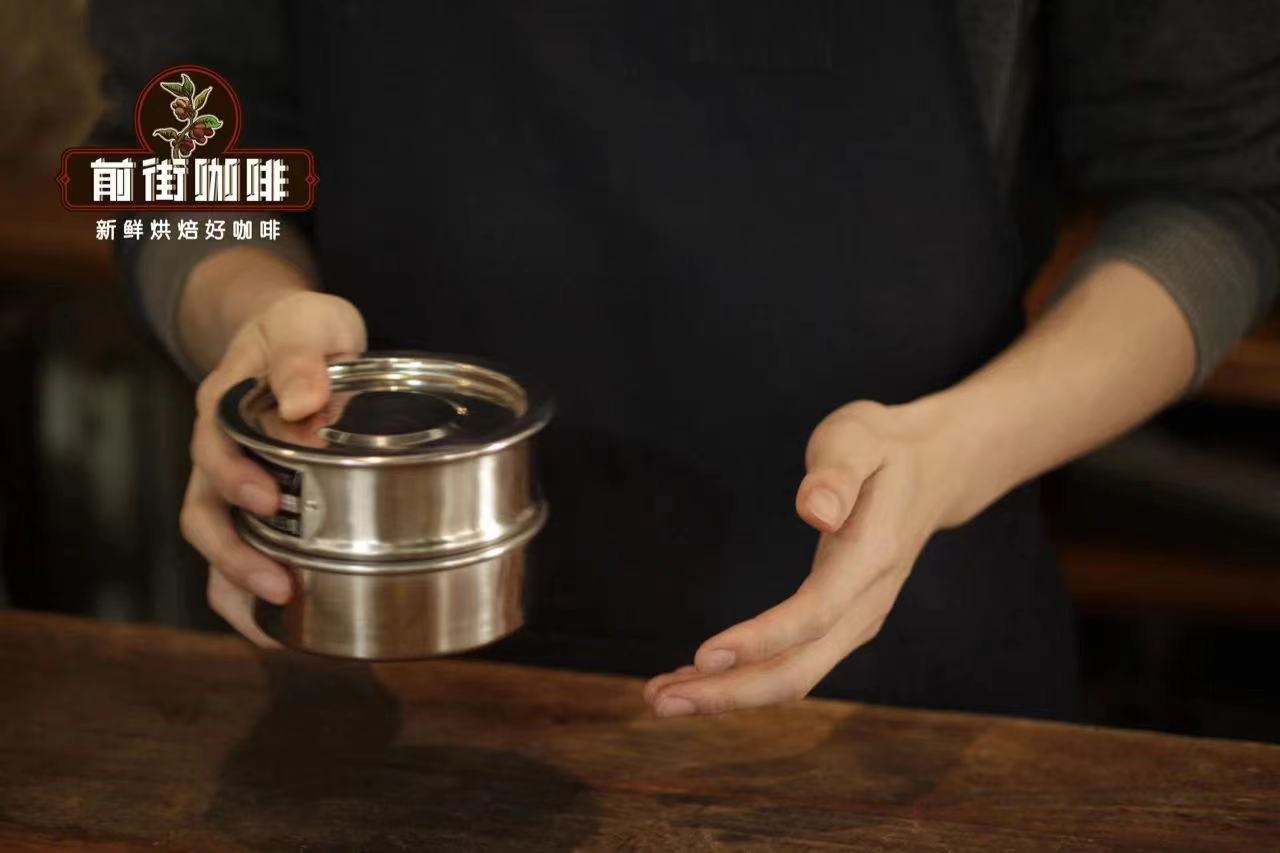
The method of use is also very simple: when determining the degree of grinding, Qianjie uses 10g coffee beans for a rough grinding, then pour them into the middle sieve, close the lid and shake horizontally until no coffee particles fall into the lower bowl. Then weigh the coffee particles that pass through the sieve, and the weight obtained is the pass rate, that is, if 10g coffee passes through the sieve, there is 7g-7.5g, then the grindness is 70-75% of the pass rate of sieve 20. The finer the coffee particles are, the higher the passing rate is, and the thicker the coffee particles are, the lower the passing rate is.
Standard of grindability of commonly used brewing utensils & reference drawing
Trickle extraction / hand-brewed coffee grindability (pass rate of sieve 20 68-80%)
Suitable for V60, kono, ice pupil, origami filter cup, fan filter cup, cake filter cup, smart cup, American trickling filter machine
Drip brewing is called hand-brewing coffee, the principle of brewing is that water is extracted by coffee powder and then filtered out clean coffee liquid through filter paper. In general, the brewing time of hand-brewed coffee is short, so the degree of grinding needs to be fine.
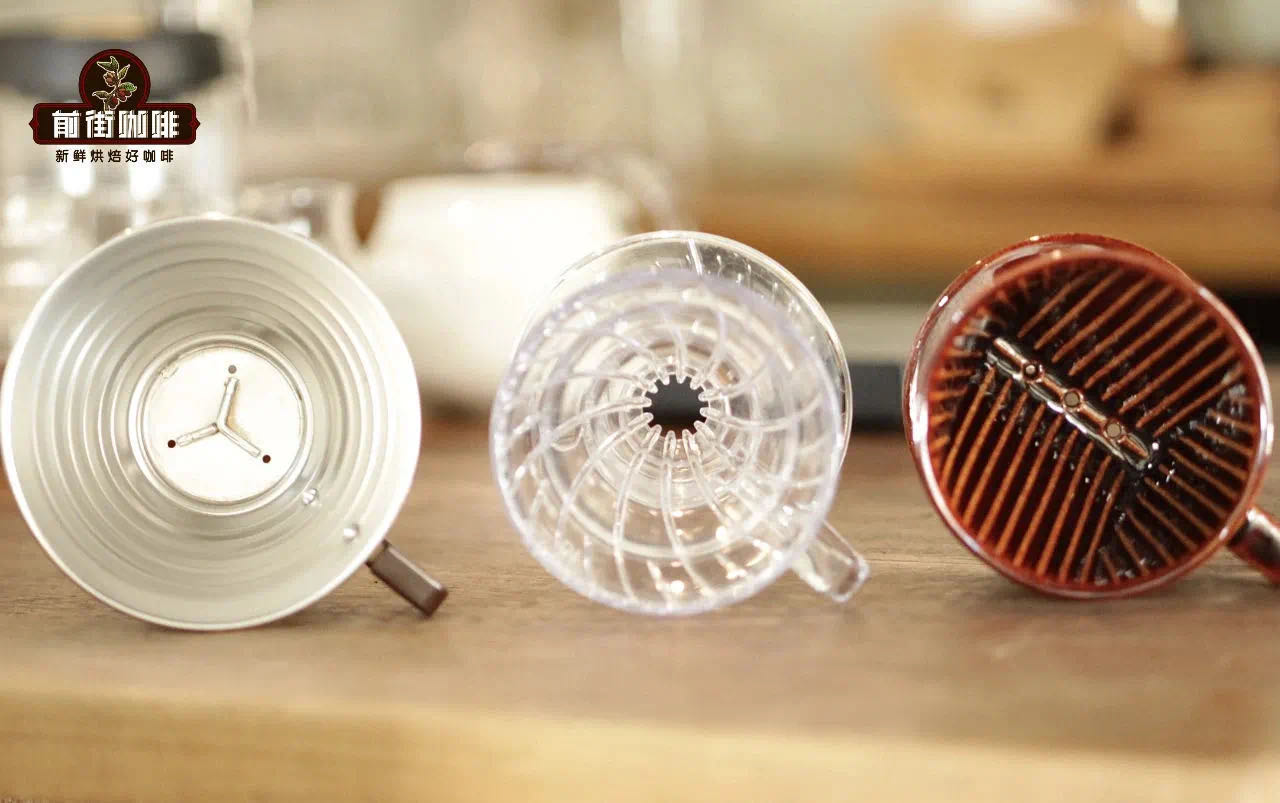
The grinding thickness required for coffee beans with different roasting degrees is different. In front street, it is recommended that the grinding thickness of light-to medium-roasted coffee beans is 75-80% of the pass rate of No. 20 sieve; the grinding thickness of medium-deep roasted coffee beans is 70-75% of the pass rate of No. 20 sieve.
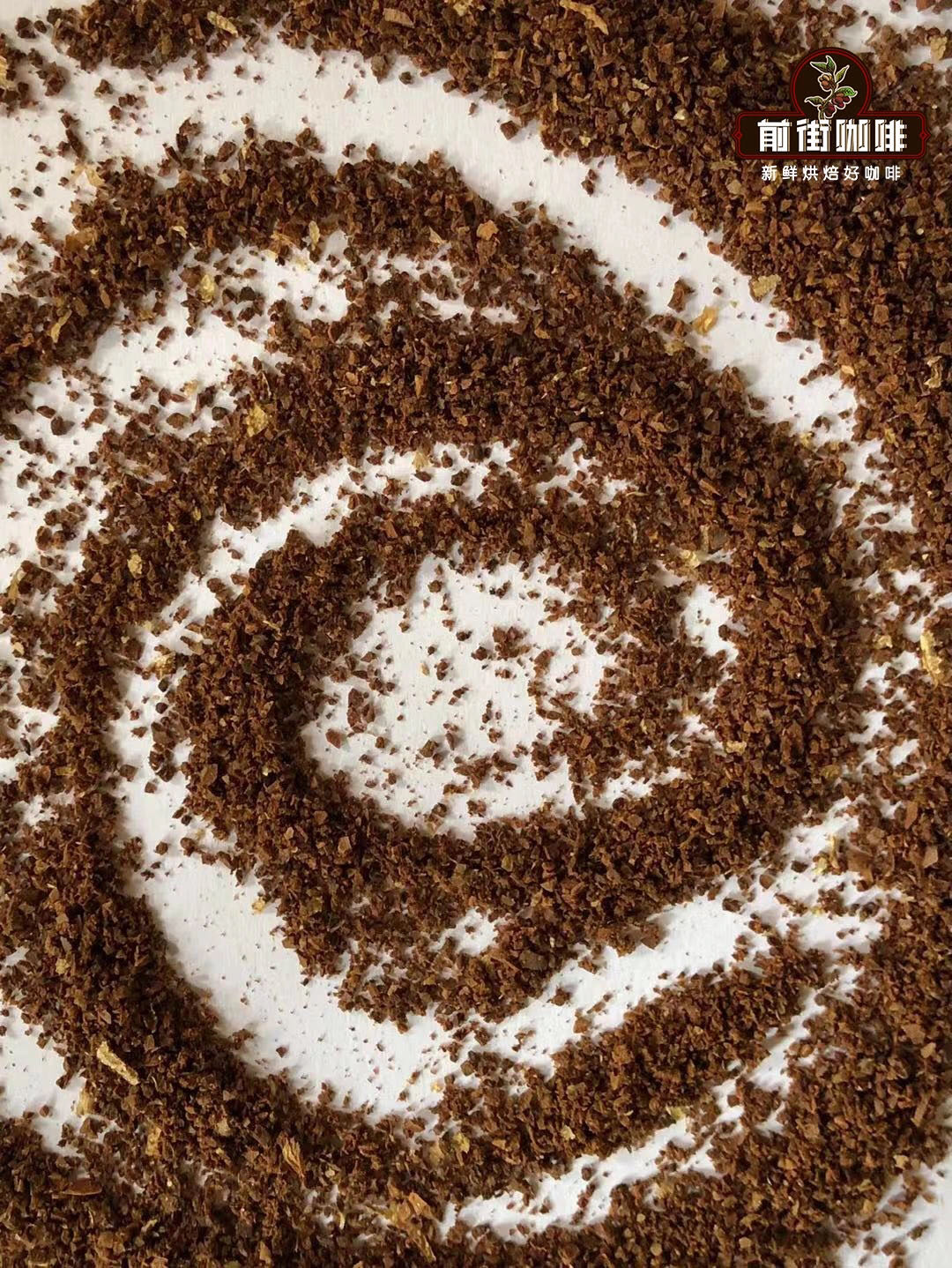
(the pass rate is 75-80% thickness)
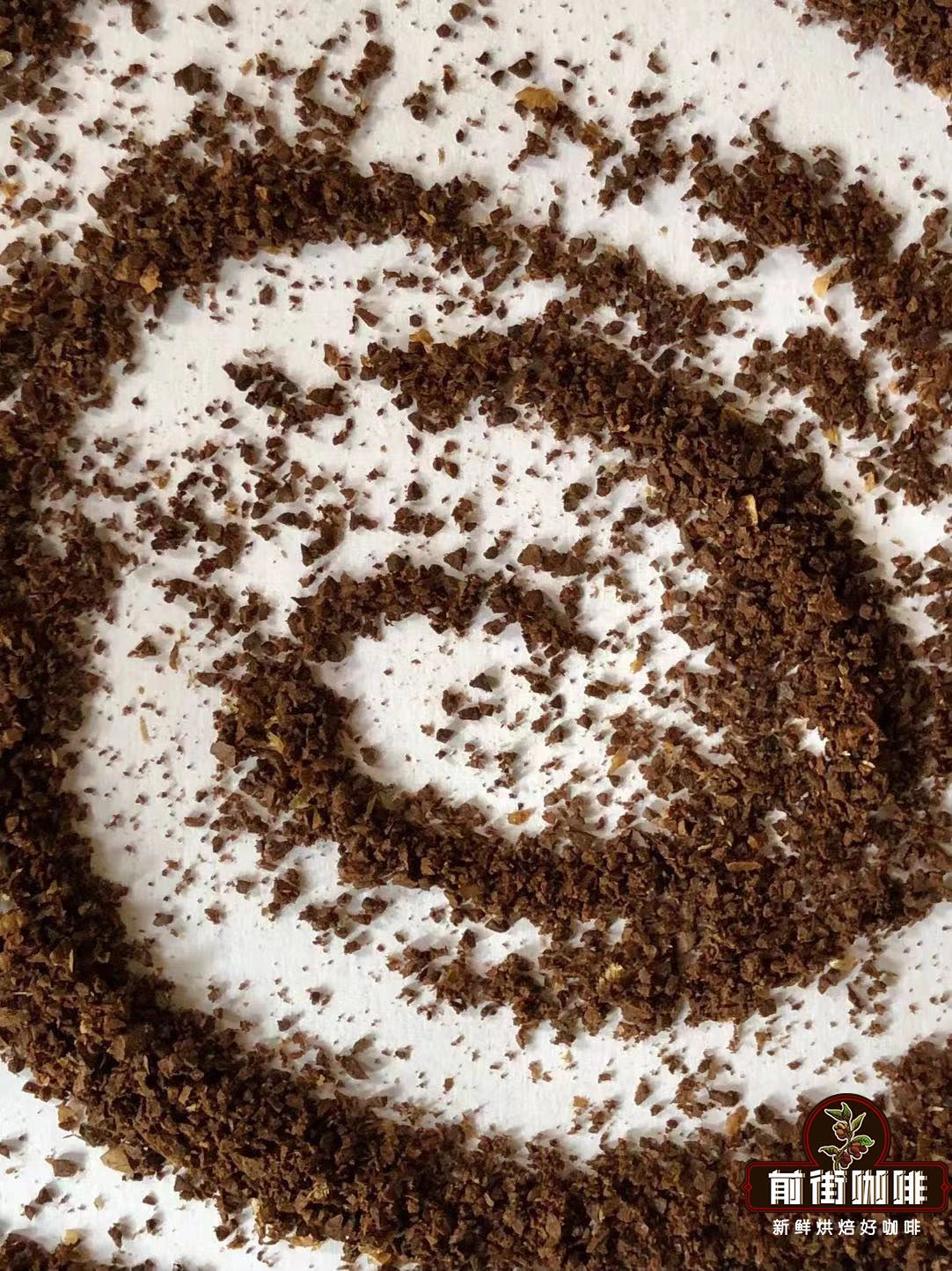
(the pass rate is 70-75% thickness)
Immersion extraction / autoclave grindability (pass rate of No. 20 screen 68-75%)
The pressure kettle uses soaking form for coffee extraction, the soaking time is longer (4 minutes), coupled with its high filter density, so the grinding degree needs to be coarse, so as to reduce the excessive extraction, second, it can better filter coffee particles.
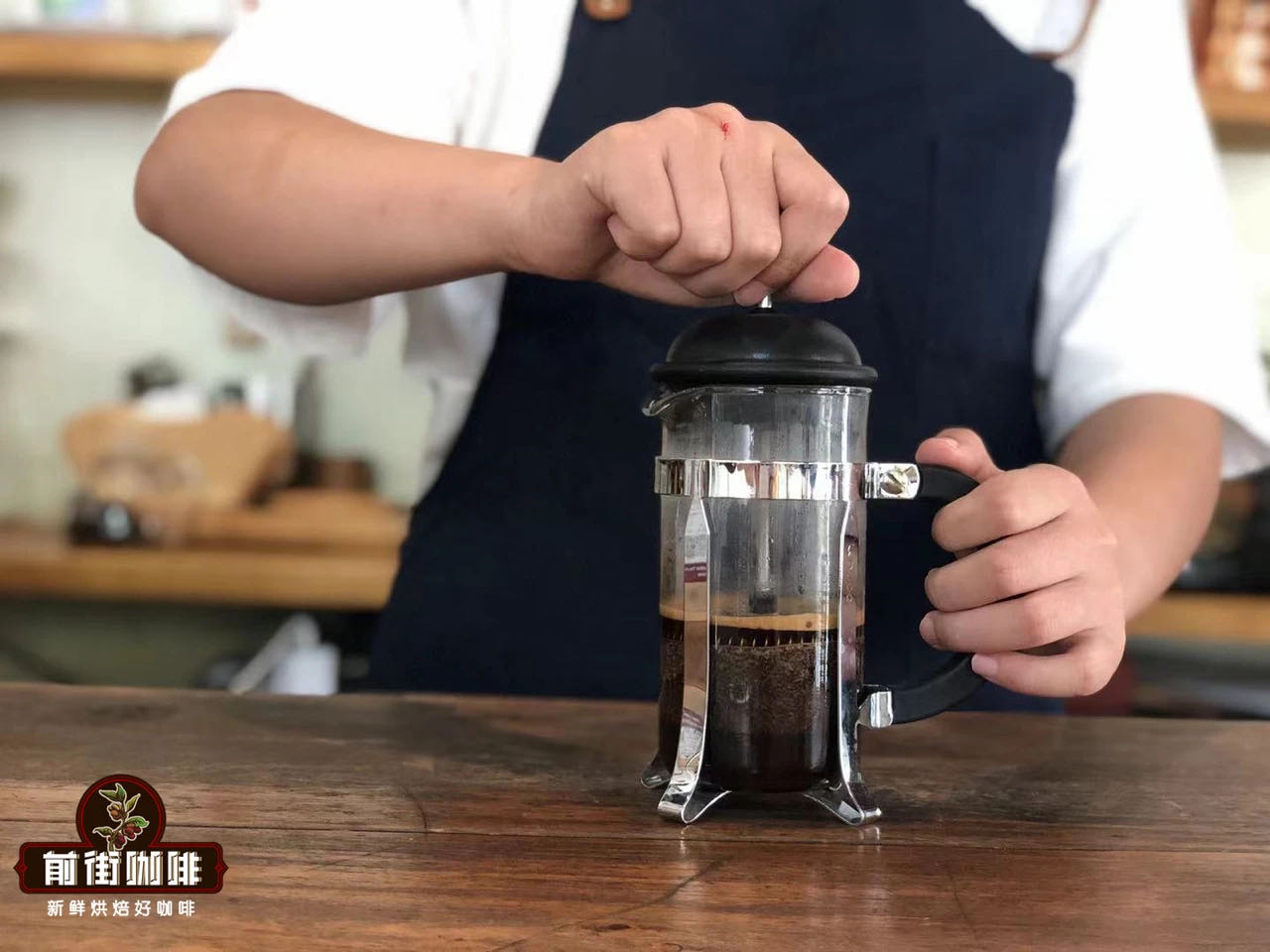
The grinding thickness required for coffee beans with different roasting degrees is different. It is recommended in the front street that the grinding thickness of light-to medium-roasted coffee beans is 70-75% of the pass rate of the No. 20 sieve, and the grinding thickness of the medium-deep roasted coffee beans is 65% of the pass rate of the No. 20 sieve.
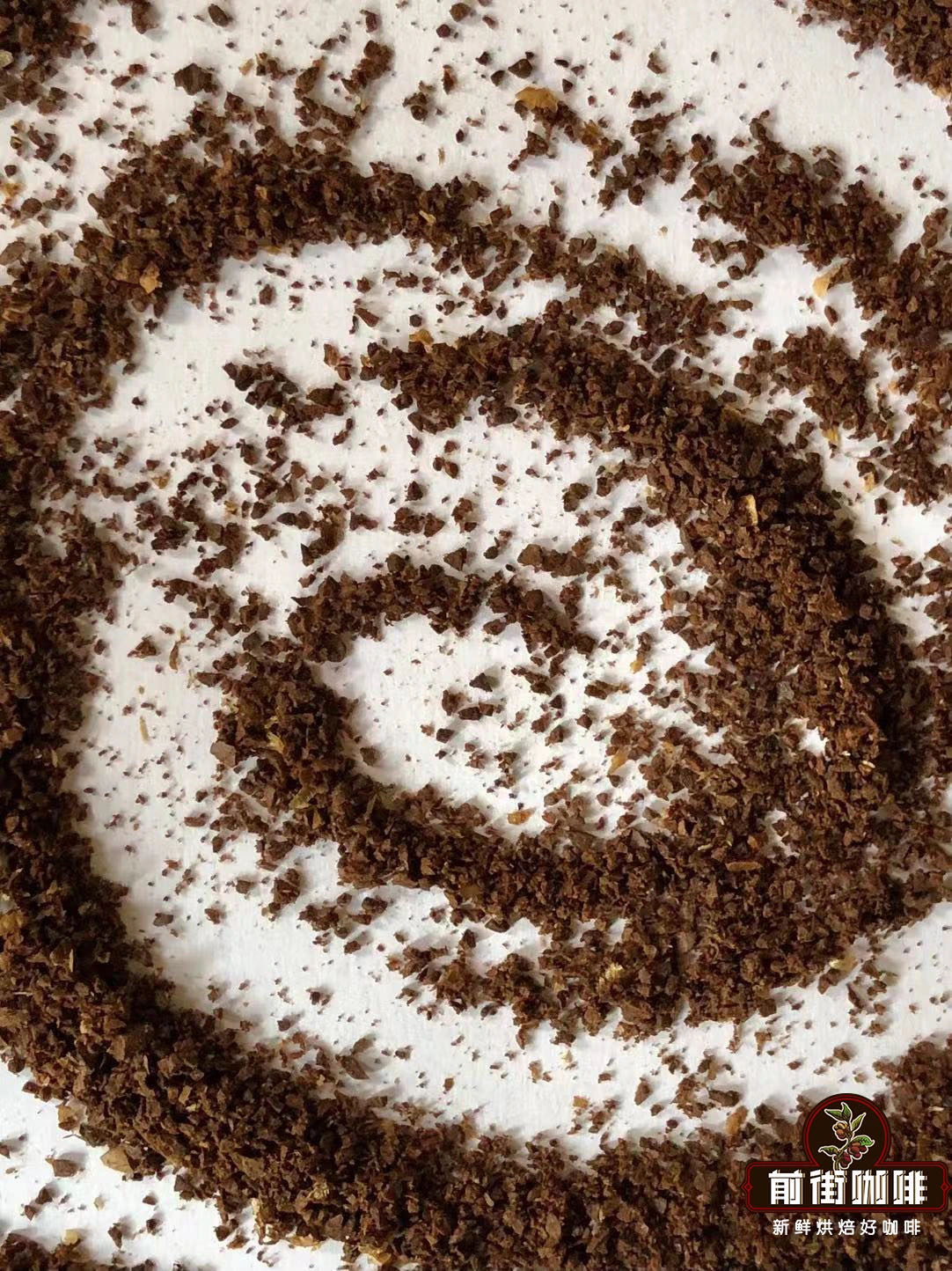
(the pass rate is 70-75% thickness)
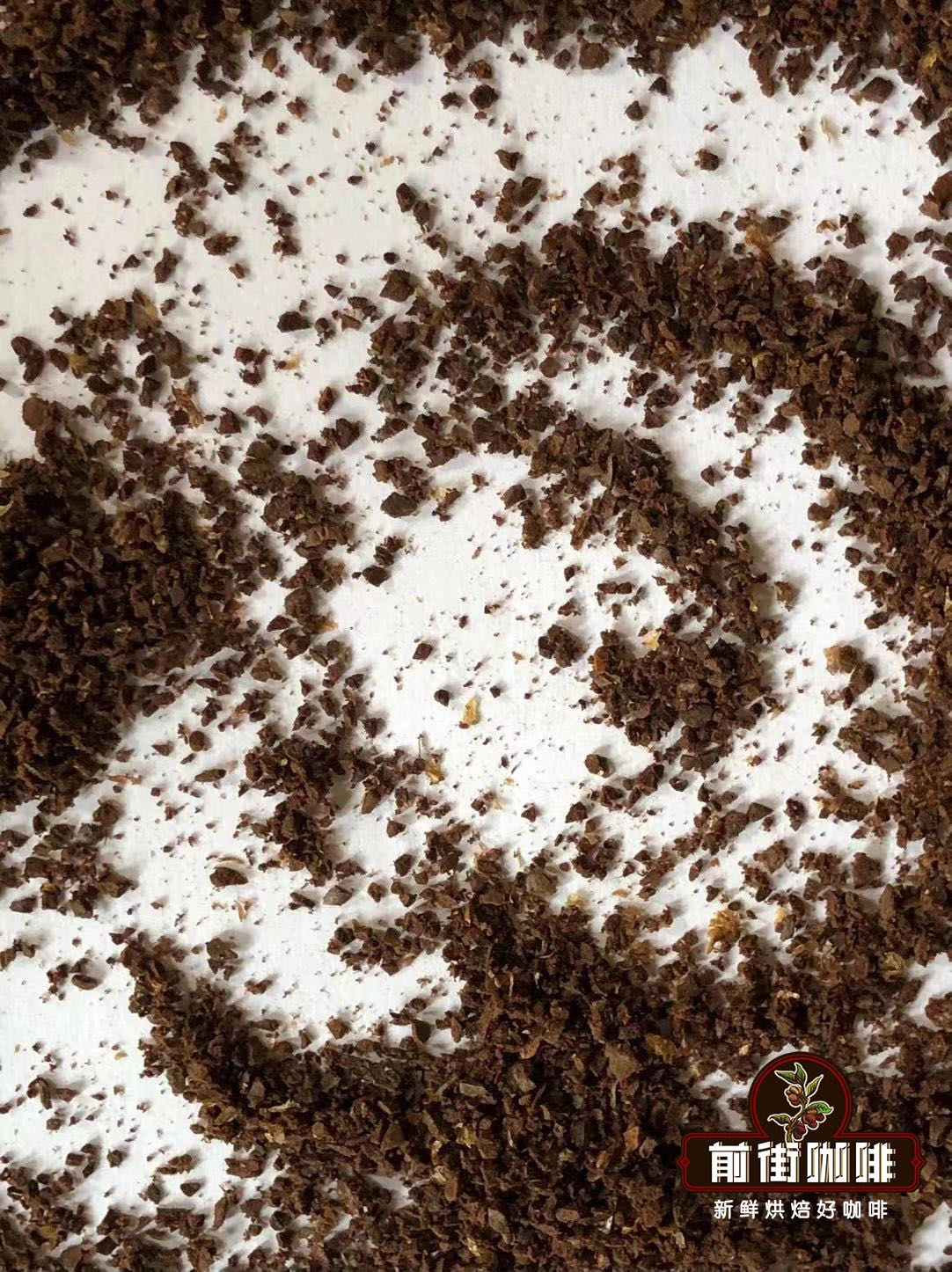
(pass rate 65-70% thickness)
Low temperature extraction / cold extraction, ice drop coffee grindability (20 sieve pass rate 80-85%)
Low temperature extraction is different from high temperature extraction, in ice-water mixture / cold storage environment, the extraction efficiency of coffee is very low, so the release rate of flavor substances in coffee powder will become slower, and the production time will be very long. The advantage of low temperature extraction is that it can fully extract sweet and sour substances while reducing the extraction of bitter substances.
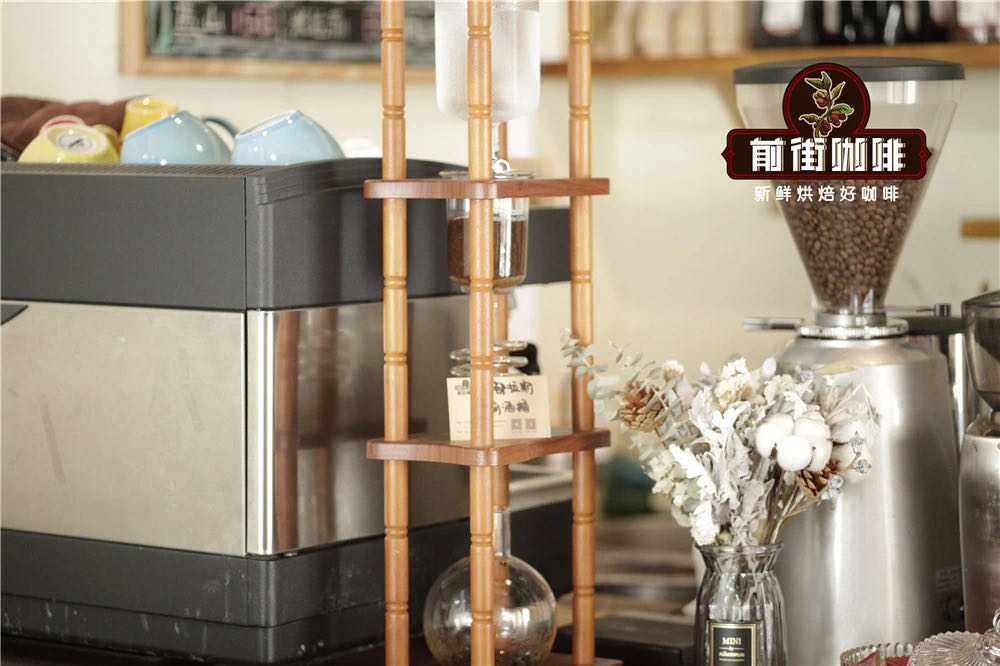
Due to the slow extraction speed, the grinding degree of coffee can be fine, but not too fine. Qianjie suggests that the grindability of coffee beans made of cold extract / ice drops should be 80-85% for No. 20 sieve, 85% for thickening points and 80% for cooler.
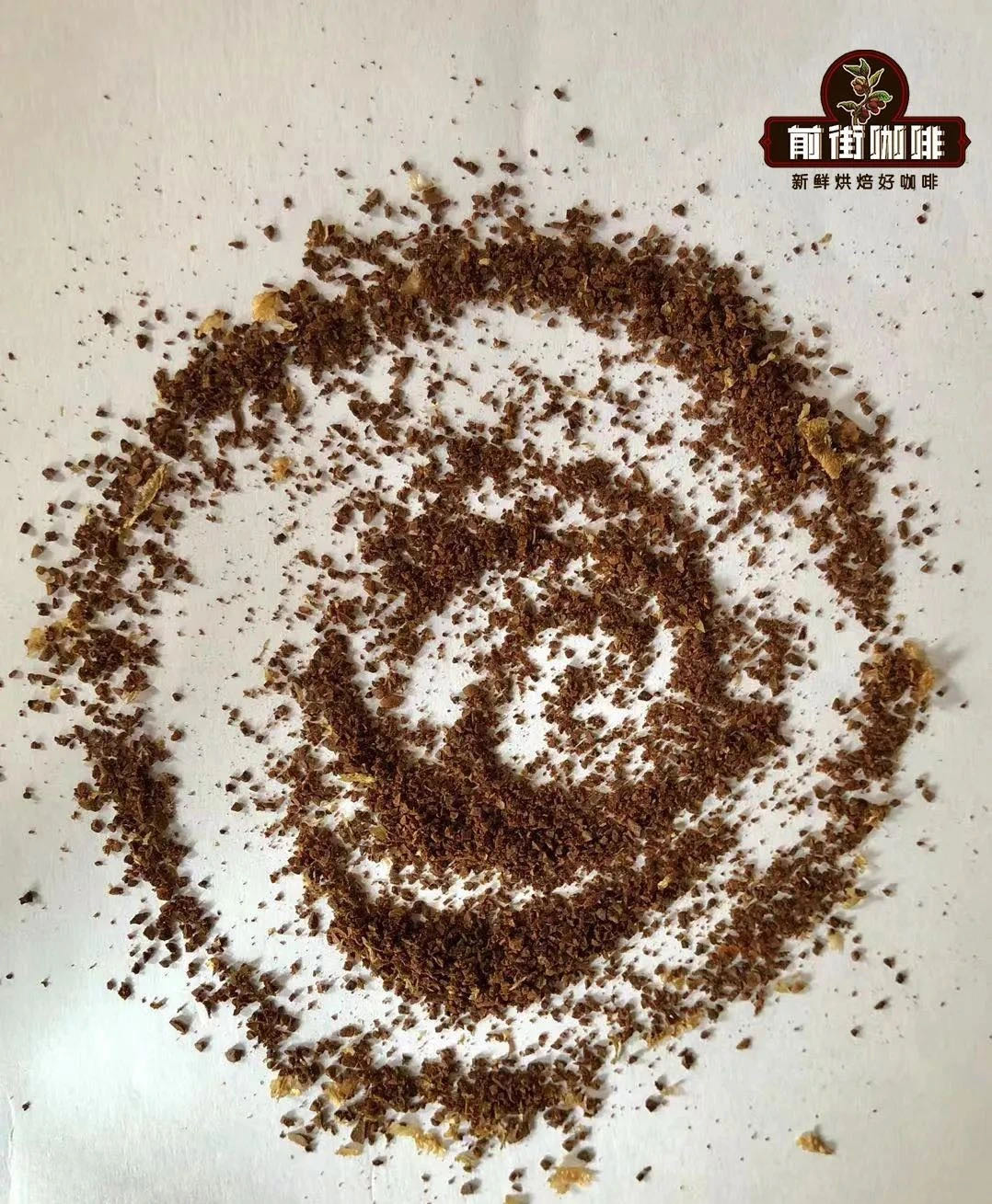
(the pass rate is 80-85% thickness)
The degree of grinding of pressurized extraction / espresso machine (no. 20 sieve can be used to determine the degree of grinding)
The degree of grinding used in the espresso machine is very fine, which is finer than the aperture of 0.85mm, so it is impossible to use the No. 20 screen to determine the degree of grinding. As for how detailed it is, we can refer to the following figure.
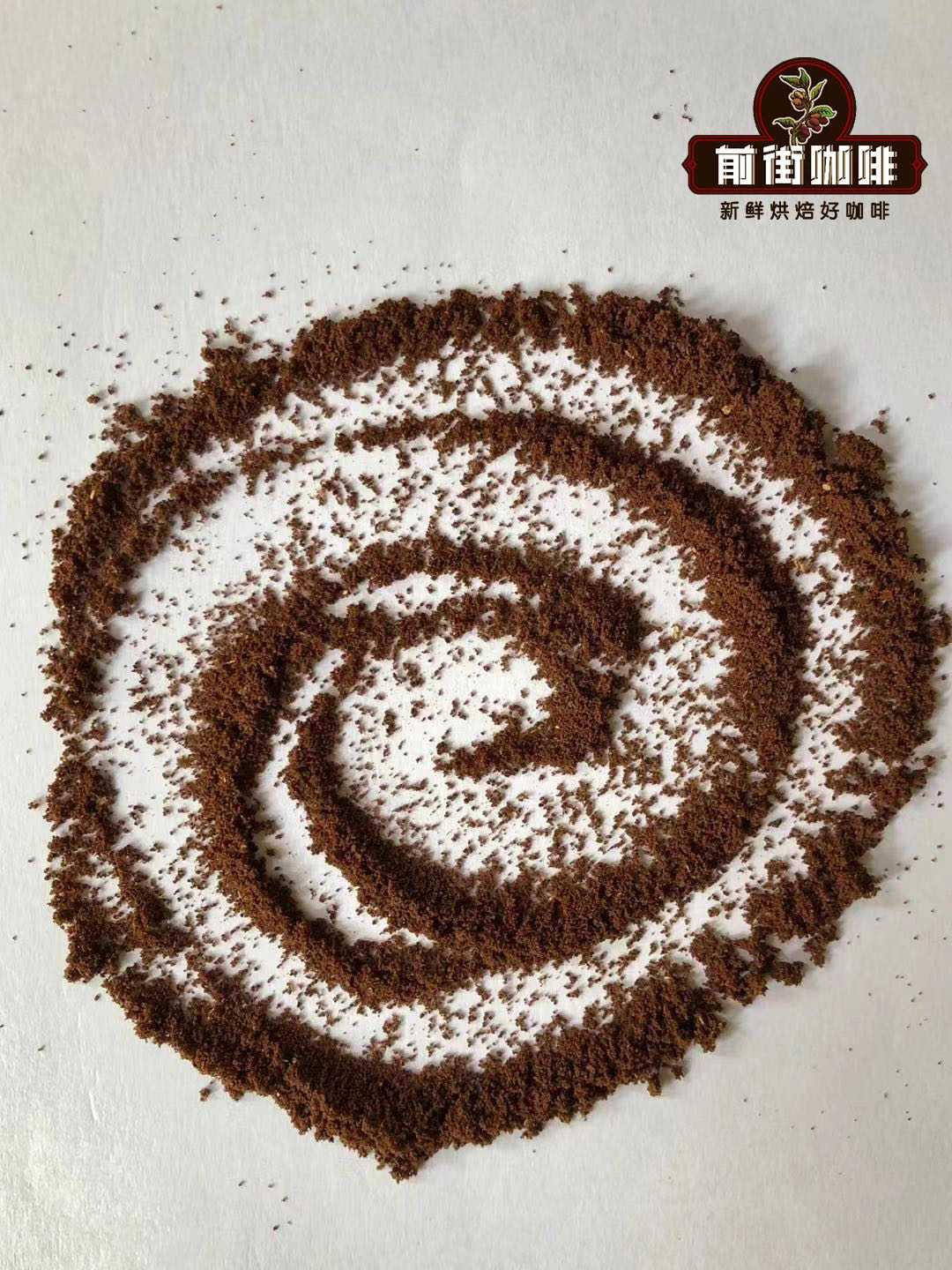
(Italian grinding thickness)
If you need to determine that the degree of grinding used in espresso requires continuous extraction and tasting, Qianjie's Italian extraction scheme is 20g coffee powder to extract 40g coffee solution in 28 seconds (error is ±1). You can refer to the extraction scheme and fine-tune it according to the flavor performance of espresso.
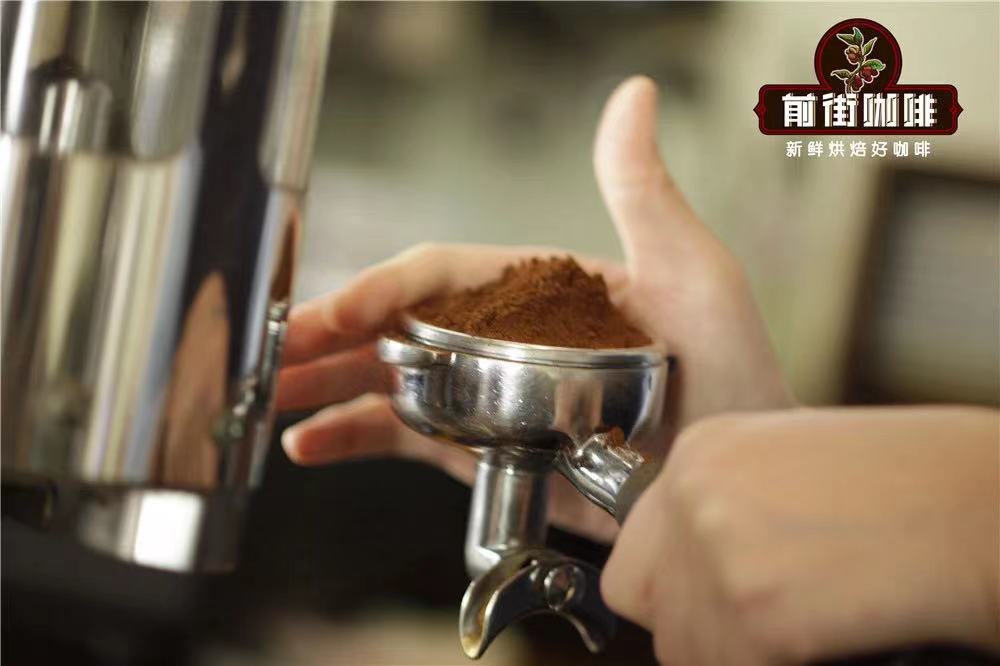
Steam pressure extraction / mocha pot coffee grindability (no. 20 sieve can be used to determine grindness)
The same is true of the mocha pot, which uses a very fine degree of grinding, but it is a little thicker than the Italian coffee machine, but it is still smaller than the 0.85mm aperture, and it is not possible to use a No. 20 screen to determine the degree of grinding.
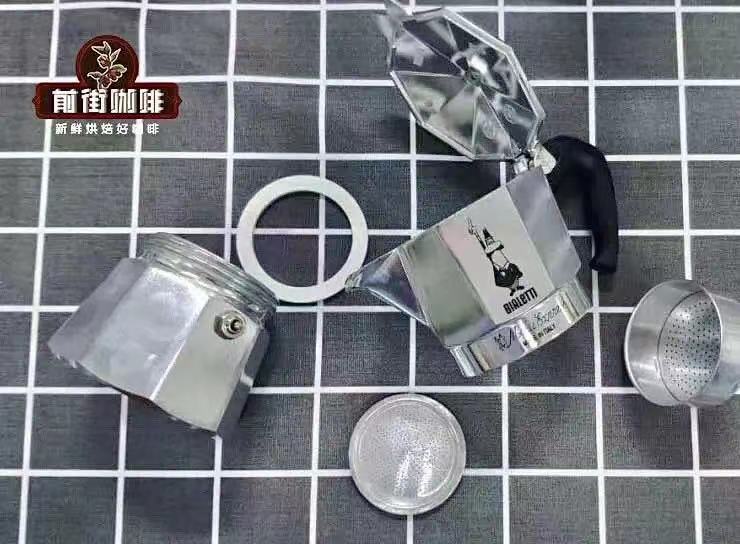
As for the degree of grinding can refer to the mocha pot powder slot size, to ensure that coffee particles will not pass through the gap, you can refer to the following figure.
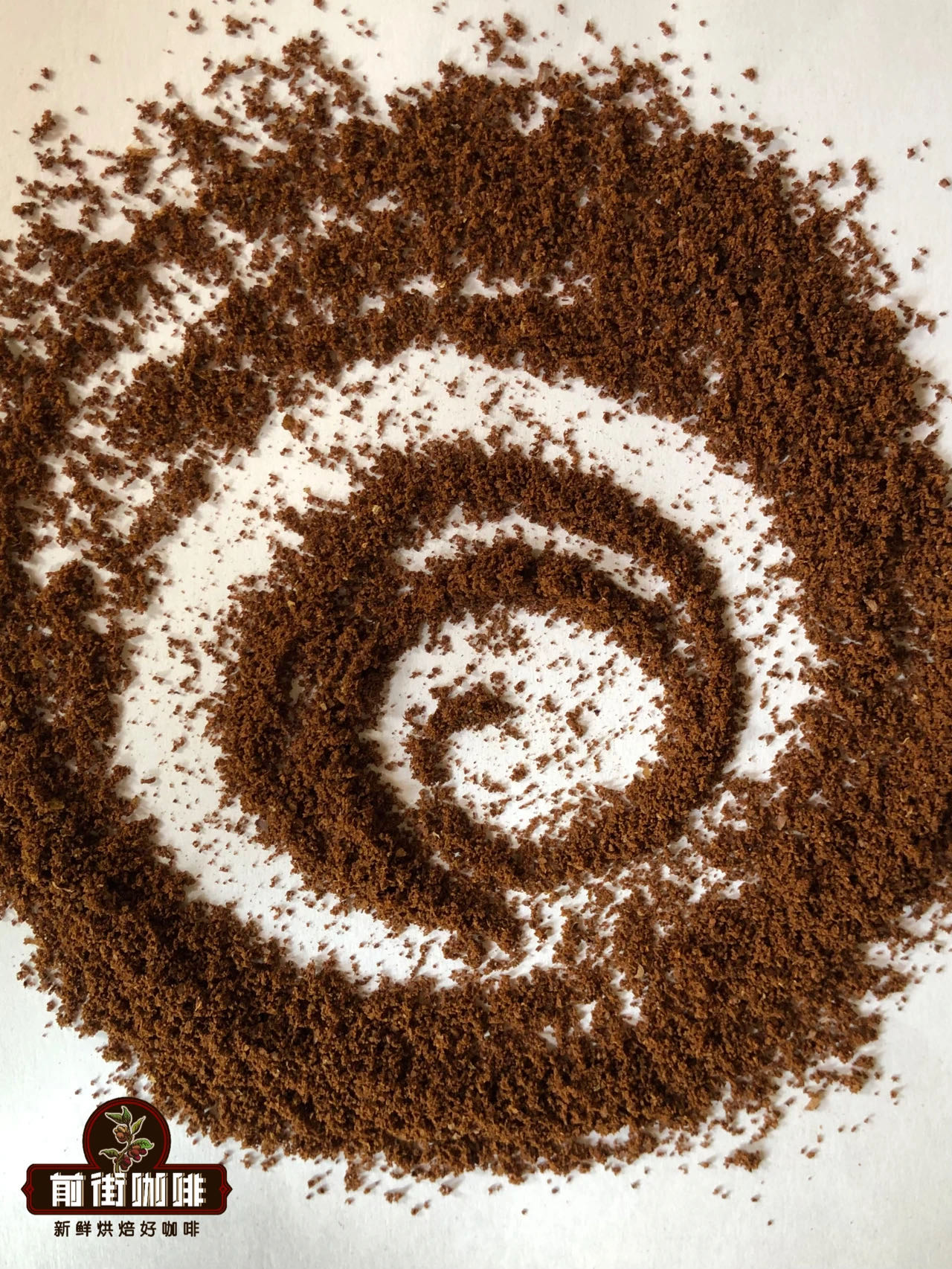
(reference for grinding mocha pot)
Important Notice :
前街咖啡 FrontStreet Coffee has moved to new addredd:
FrontStreet Coffee Address: 315,Donghua East Road,GuangZhou
Tel:020 38364473
- Prev
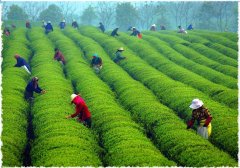
Where is the tea Qimen black tea which varieties how to bubble correctly and taste characteristics
Qimen tea is also called Qimen black tea or Qimen red tea. It is a kind of kung fu tea, so it is also called Qimen kung fu tea. It is also one of China's top ten tea, produced in Anhui Province, Huangshan City, Qimen County. Qimen tea is one of the best black teas in China. Historically, it has been the favorite drink of the Queen and the Royal Family. Qimen tea enjoys a high reputation and is known as the Queen of Black Tea. 1. Qimen Tea History Qimen Tea Most
- Next
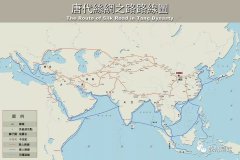
Are black tea and green tea the same raw materials? the main difference between black tea and green tea is that the production process is different.
Many beginners may think that green tea, oolong tea and black tea all grow on different plants. As everyone knows, these three kinds of tea all come from the same kind of tree, and they are different in aroma and taste because their leaves are treated differently after their leaves are picked, and the environment in which they originally grew is different. Tea trees are different from coffee. Coffee is yellow.
Related
- Beginners will see the "Coffee pull flower" guide!
- What is the difference between ice blog purified milk and ordinary milk coffee?
- Why is the Philippines the largest producer of crops in Liberia?
- For coffee extraction, should the fine powder be retained?
- How does extracted espresso fill pressed powder? How much strength does it take to press the powder?
- How to make jasmine cold extract coffee? Is the jasmine + latte good?
- Will this little toy really make the coffee taste better? How does Lily Drip affect coffee extraction?
- Will the action of slapping the filter cup also affect coffee extraction?
- What's the difference between powder-to-water ratio and powder-to-liquid ratio?
- What is the Ethiopian local species? What does it have to do with Heirloom native species?

